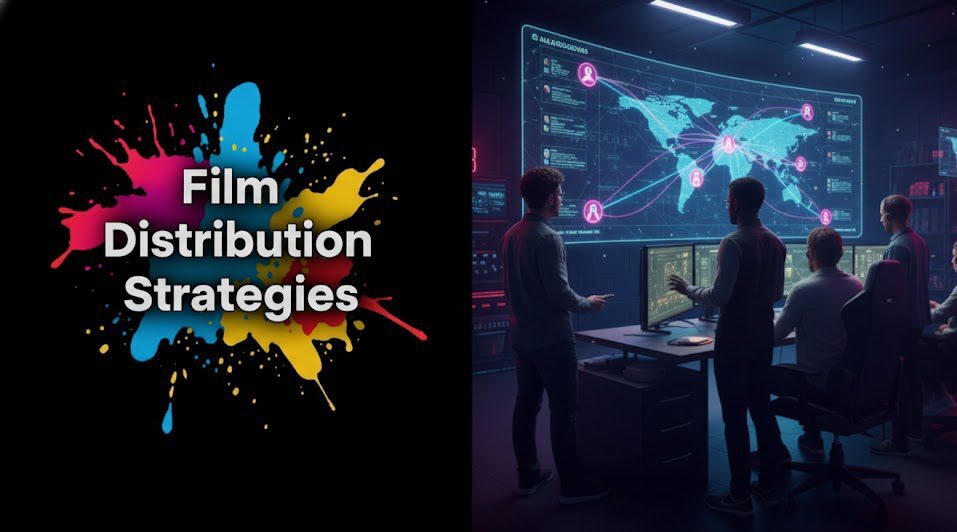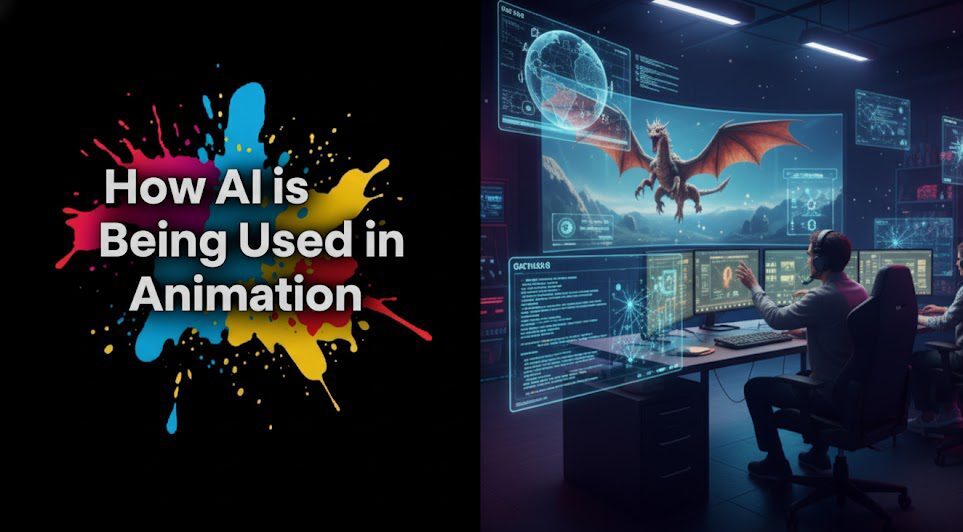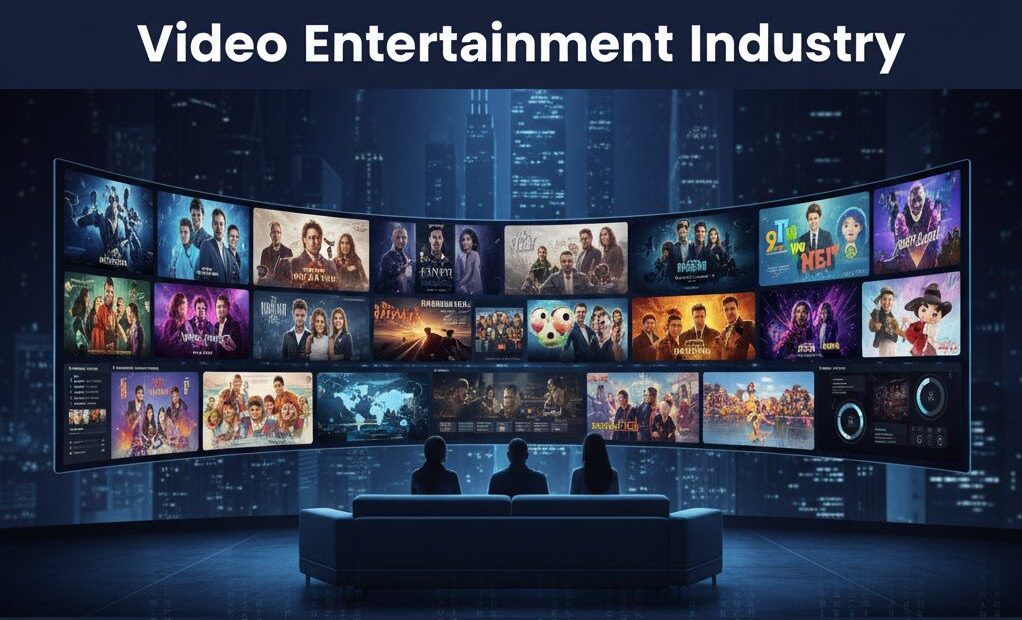Introduction
In today’s globalized economy, effective localization ensures that content transcends linguistic and cultural barriers. ISO certification in localization has emerged as a gold standard for guaranteeing quality, reliability, and trust between vendors and clients. From translation services to video subtitling and dubbing, adhering to ISO standards enhances workflows, boosts credibility, and opens doors to new markets.
This article delves into the nuances of ISO certification for localization, the steps to achieve it, its benefits for vendors and buyers, and the emerging trends shaping the future of localization.
Key Takeaways
| Key Aspect | Summary |
| ISO 17100 Overview | Focuses on translation quality and vendor-client trust. |
| Key Benefits | Enhances quality, trust, and compliance for localization. |
| Certification Steps | Includes compliance checks, audits, and documentation. |
| Emerging Trends | AI integration and future updates to ISO standards. |
Unlock Global Markets with Certified Localization

Overview of ISO Standards for Localization
What is ISO Certification in Localization?
ISO certification for localization refers to globally recognized standards ensuring that localization processes meet specific quality benchmarks. These certifications, such as ISO 17100, are designed to standardize processes, enhance quality assurance, and foster trust between localization vendors and their clients.
Key ISO Standards in Localization
- ISO 17100: Sets requirements for translation services, including qualifications for translators, project management, and quality assurance.
- ISO 18587: Focuses on post-editing of machine translation output, ensuring quality and consistency in AI-assisted workflows.
- ISO 9001: A broader quality management standard applicable across industries, often integrated with ISO 17100 for localization workflows.
ISO 9001 vs. ISO 17100
While ISO 9001 addresses general quality management systems, ISO 17100 is tailored specifically for translation and localization, with detailed requirements for linguistic expertise, workflow management, and client collaboration.
II. Benefits of ISO Certification in Localization
For Localization Vendors
- Enhanced Quality Assurance: Ensures consistent, high-quality deliverables.
- Improved Credibility: Builds trust with clients, enabling access to larger projects and new markets.
For Content Buyers
- Guaranteed Quality: Provides assurance of meeting international standards.
- Streamlined Vendor Selection: Simplifies the process of identifying reliable vendors.
Relevance to the Entertainment Industry
For production companies, distributors, and streamers, ISO-certified localization ensures precise dubbing, subtitling, and cultural adaptation, reducing errors and ensuring global appeal.
Steps to Achieve ISO Certification
Certification Process
- Pre-Audit Assessment: Evaluate current processes against ISO standards.
- Documentation: Develop detailed policies, workflows, and quality controls.
- Training: Educate teams on ISO requirements and best practices.
- Audit: Engage a certification body for formal evaluation.
Choosing Certification Bodies
- Select organizations accredited by international bodies like the International Accreditation Forum (IAF).
ISO 17100 Certification Checklist
- Translator qualifications and competencies.
- Effective project management processes.
- Documented quality assurance protocols.
Streamline Your Localization Process

Challenges and Costs of ISO Certification
Common Compliance Challenges
- Resource-Intensive Audits: Requires time and financial investment.
- Process Adjustments: Vendors may need to revamp workflows and documentation.
Financial Investment
Certification costs vary based on company size, scope, and the chosen certifying body.
Risks of Non-Certification
- Reduced credibility in competitive markets.
- Limited access to high-value contracts requiring certified vendors.
Best Practices for ISO-Certified Localization Workflows
Optimizing Processes
- Standardize workflows using tools like CAT (Computer-Assisted Translation) and QA software.
QA Tools and Technologies
- Leverage platforms that integrate ISO compliance checks, ensuring accuracy in translation and localization.
Maintaining Compliance
- Schedule regular internal audits and training sessions to stay aligned with ISO standards.
Adapt Your Bestseller with Ease

Use Cases and Emerging Trends
Case Studies
- Netflix: Utilized ISO-certified vendors for multilingual subtitling to maintain global consistency.
- Sony Pictures: Ensured high-quality localization through ISO-certified AI translation providers.
Emerging Trends
- AI Integration: ISO 18587 is shaping how vendors incorporate AI-assisted tools for post-editing.
- Specialization Standards: New certifications for niche localization services like game localization are emerging.
Key-Takeaways
ISO certification in localization serves as a cornerstone for quality, consistency, and trust in the global content landscape. By adhering to standards like ISO 17100 and ISO 18587, localization vendors can enhance their workflows, build stronger relationships with clients, and stand out in competitive markets. For buyers, ISO-certified services provide the confidence needed to ensure culturally and linguistically accurate content, ready for diverse global audiences.
As the entertainment and localization industries evolve, the adoption of ISO standards will remain critical for maintaining high-quality deliverables, especially in an era driven by AI-powered solutions and rapid globalization. Whether you’re a vendor seeking certification or a buyer prioritizing quality, leveraging tools and networks like Vitrina.ai can simplify the journey and accelerate success.
Ready to elevate your localization strategy? Join Vitrina.ai today and connect with ISO-certified vendors across the globe!
Frequently Asked Questions
ISO 17100 is the most widely recognized standard for translation services.
ISO 17100 is industry-specific, focusing on translation quality, while ISO 9001 applies to general quality management.
Yes, with proper training and documentation, small vendors can meet ISO standards.
Industries like entertainment, healthcare, and legal services often prioritize ISO-certified localization.
Yes, standards like ASTM F2575 (in the U.S.) may be considered, but ISO remains globally preferred.






























![Mumbai's Top VFX Studios [2025 Ranking] 44 Mumbai's Top VFX Studios](https://vitrina.ai/wp-content/uploads/2025/10/Mumbais-Top-VFX-Studios-e1761547005725.jpg)



